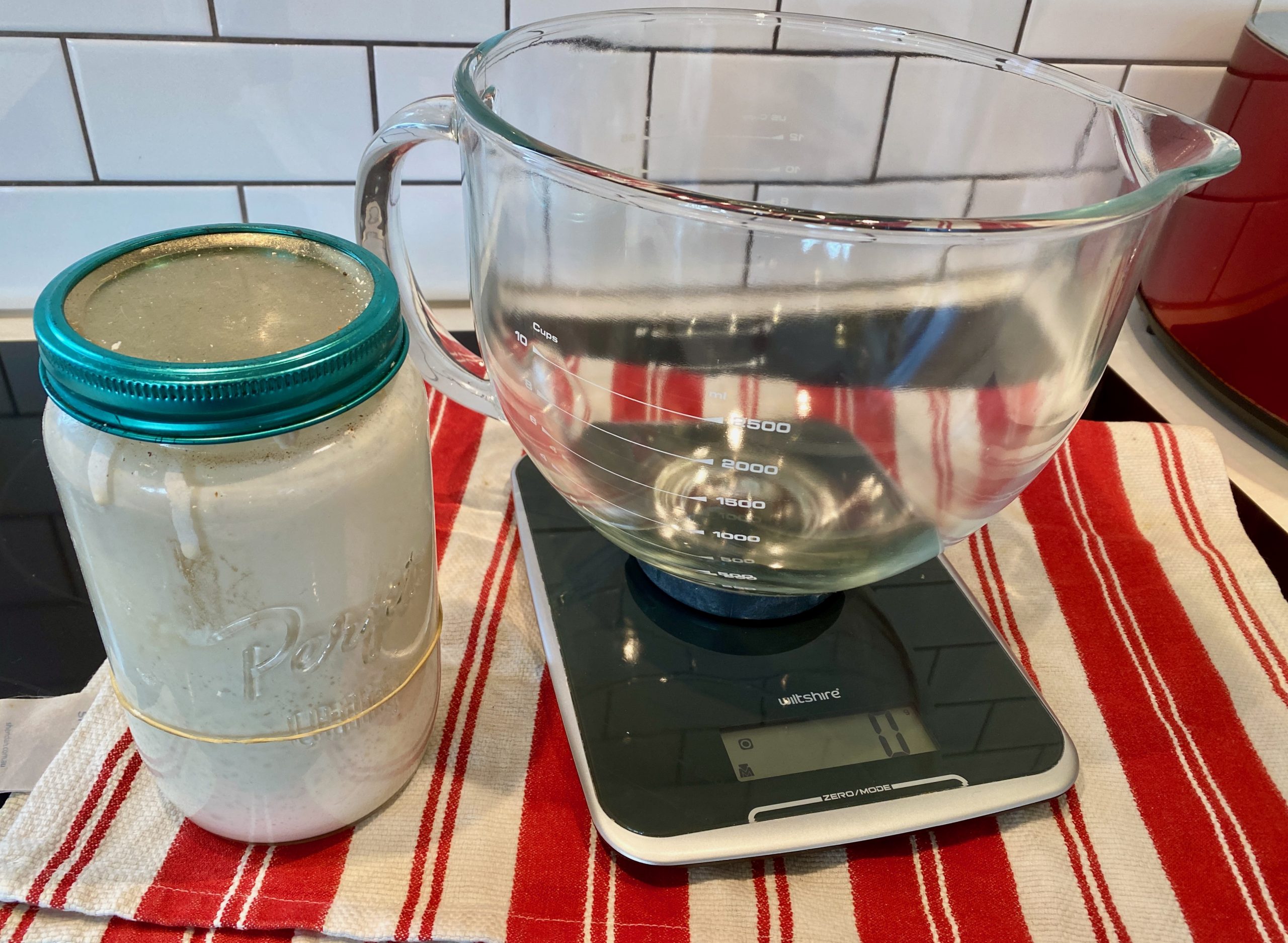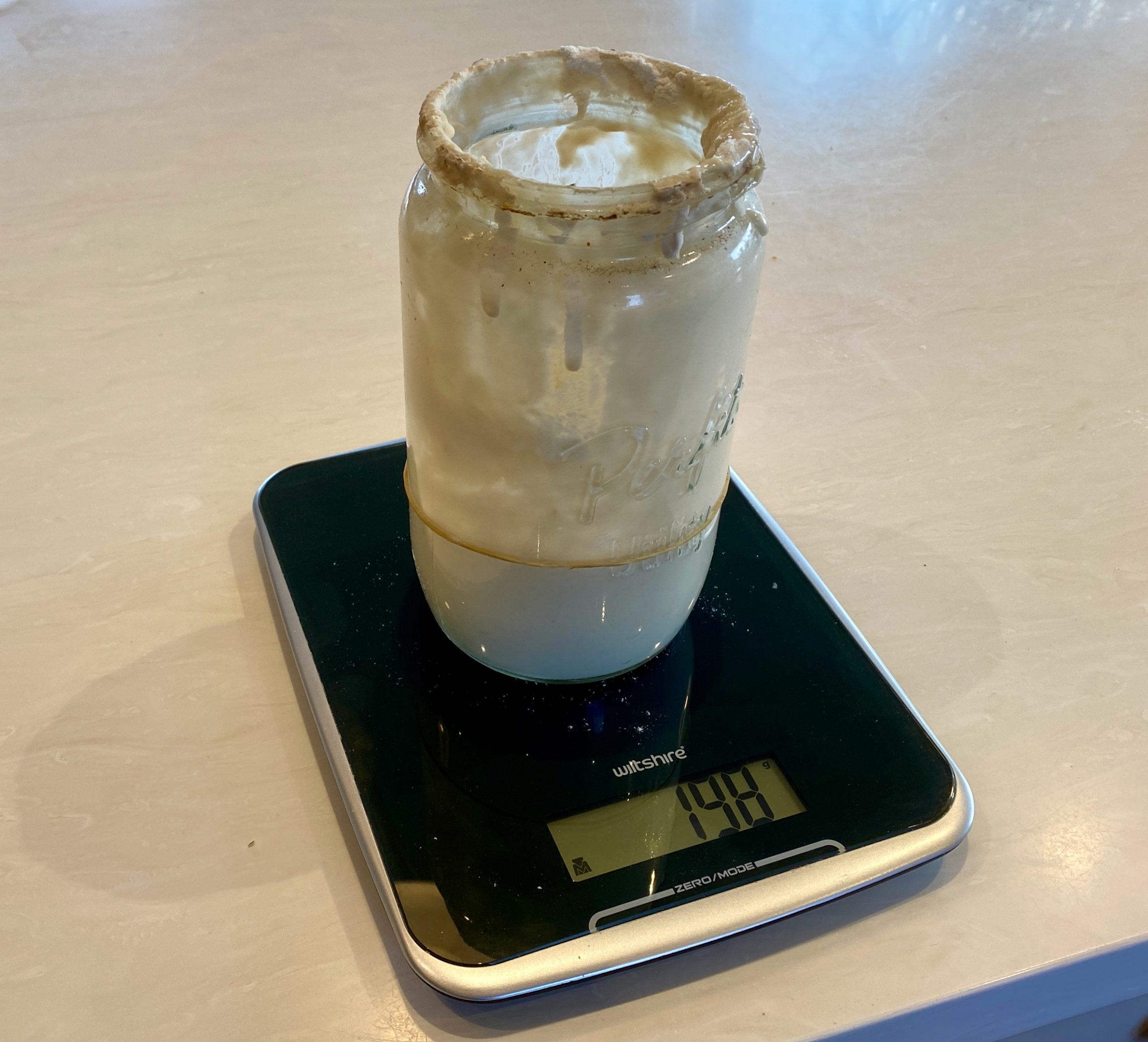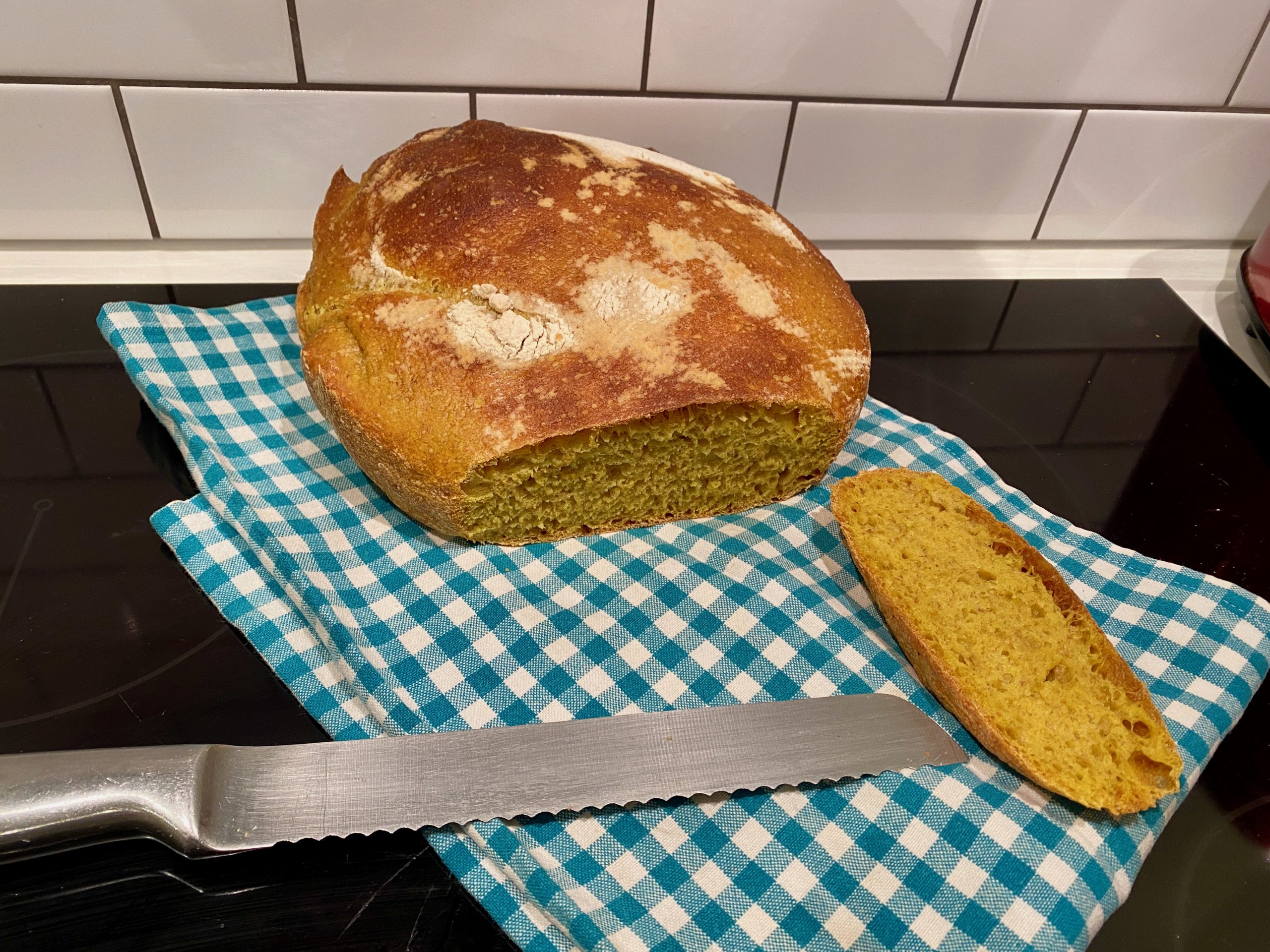Darn! Your favorite vase has become cloudy or worse. The best way to clean a vase is to not let it get stained in the first place (check out our tips page here), but if we need to clean it, let’s make sure it’s done right.
Top of mind should be making sure we don’t damage the vase while cleaning. It’s hard to damage crystalline (other than dropping it), but you want to avoid potentially adding scratches for all materials. A bottle brush is a great choice rather than a general-purpose brush; they are usually designed to help get into tighter spots like a vase with a tight neck and flutes often has. The brush should just be an aide with the main cleaning action performed by the cleaning liquid. If hard scrubbing is still required, you may struggle to return your vase to its former luster.
Simple cleaning jobs
Clear or light-colored vinegar (such as white or cider vinegar) added 1:1 with warm water can be used as a rinse aid for light cleaning jobs.
You can add to the efficacy of the vinegar by mixing it to a paste with a small amount of table salt and using it with the bottle brush. Set the warm water aside for a rinse of the vase afterward. Keep to fine table salt and light brushing to ensure you don’t scratch your vase.
More stubborn staining
When the white scale inside a clear vase doesn’t shift, it’s time to get serious. Denture tablets. You’ll need to make sure any staining is covered with warm water before adding the tablets. The amount of water required is likely more than typically used to soak a pair of false teeth, so size up the number of tablets you use to match the tablet instructions according to how much water you’ve filled the vase.








